Addition of X2 on alkene is electrophilic additon reaction.Reaction proceed through the formation of 3- membered cyclic halonium ion. Nucleophile X− attacks from backside of cyclic halonium ion hence total reaction is anti addition reaction.If this reaction proceed polar solvent then solvent itself acts as nucleophile.
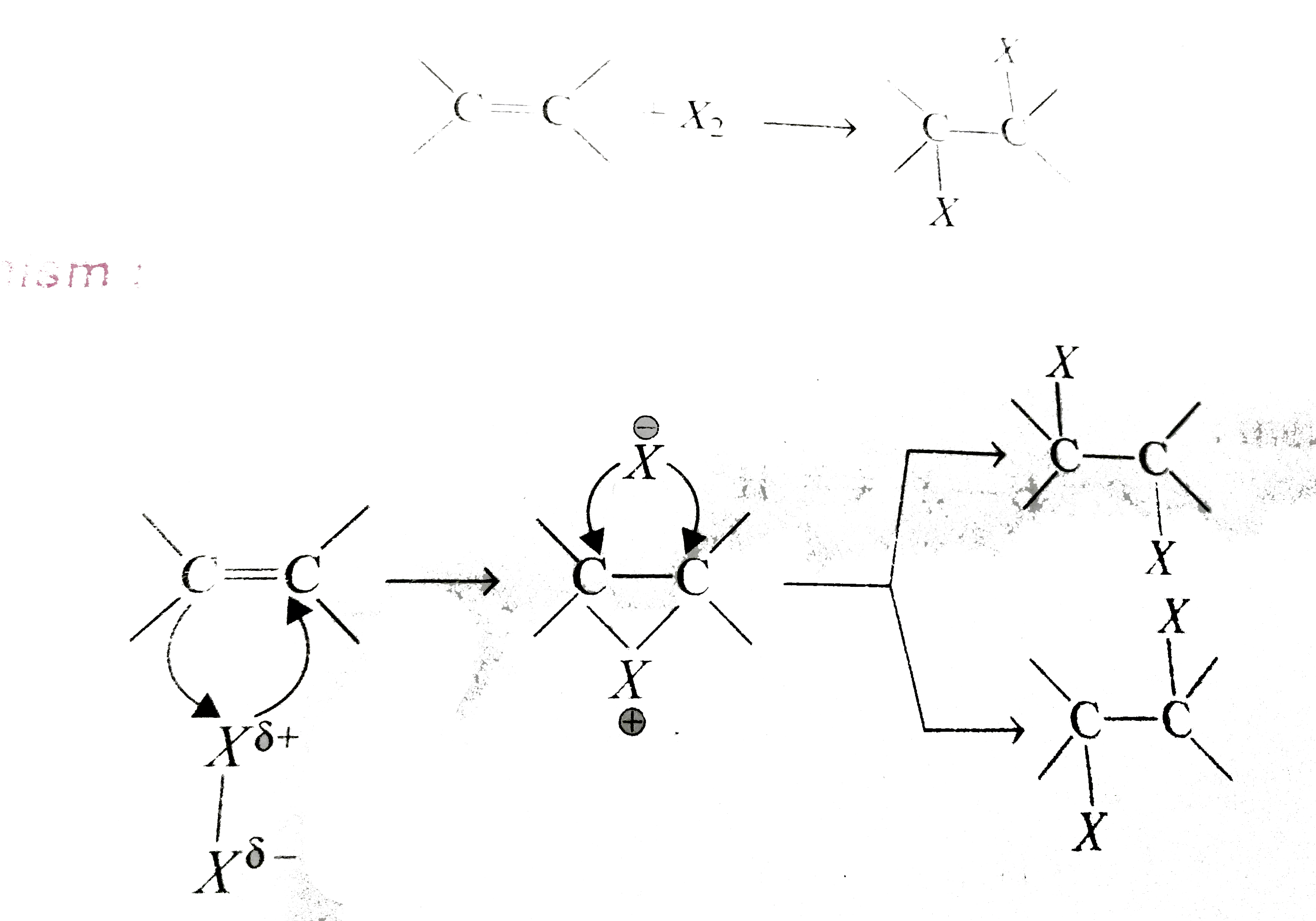
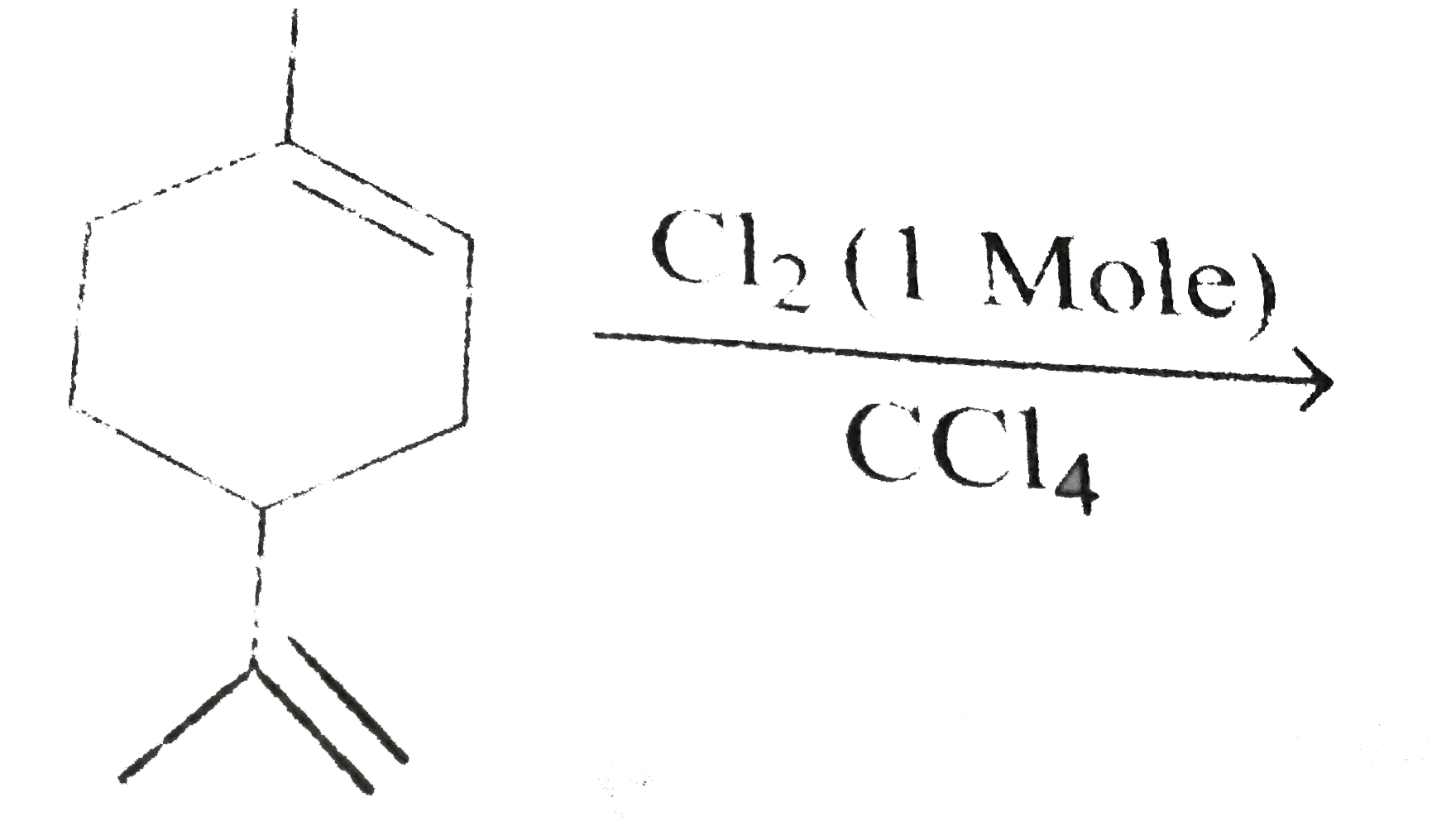

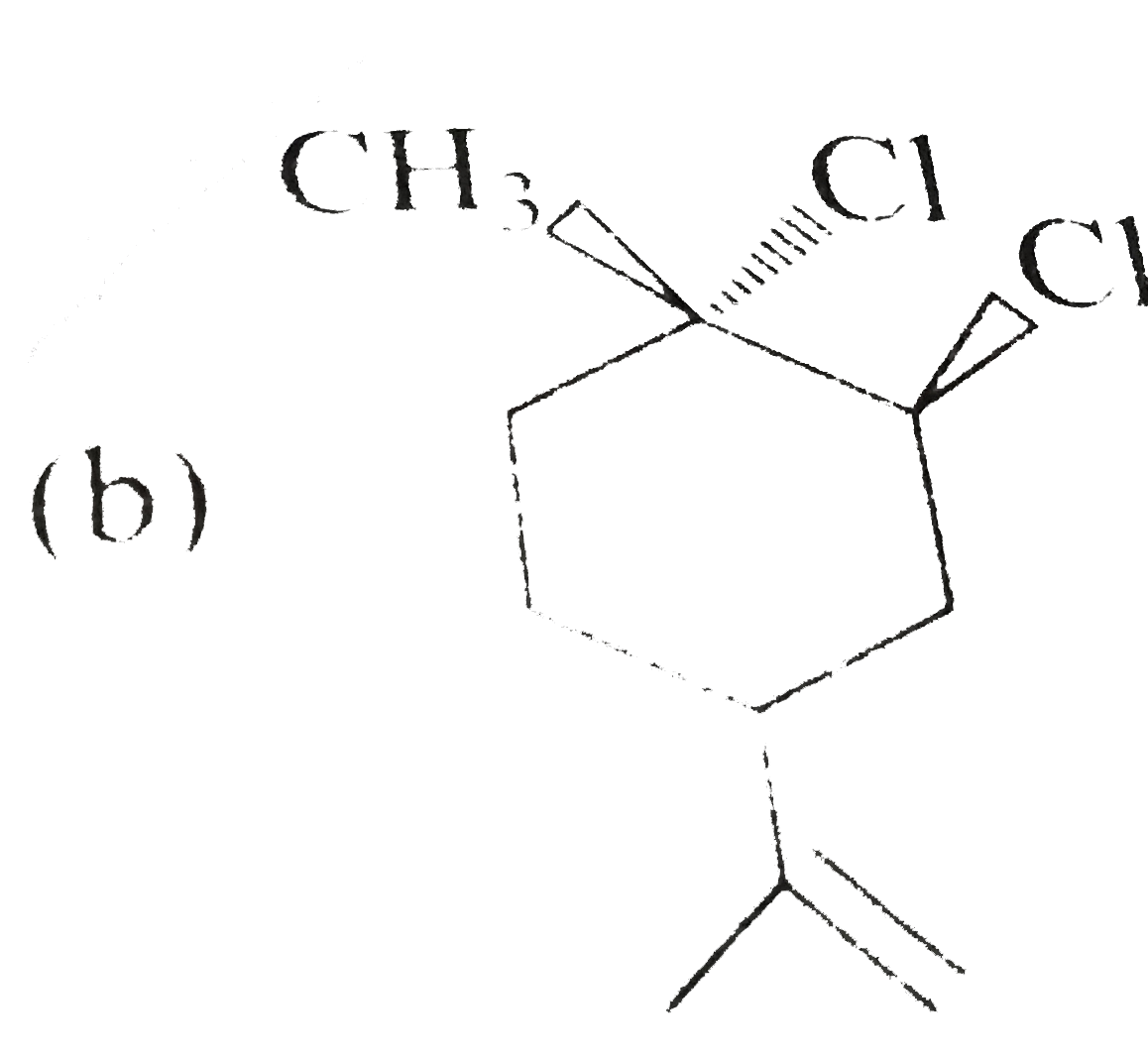
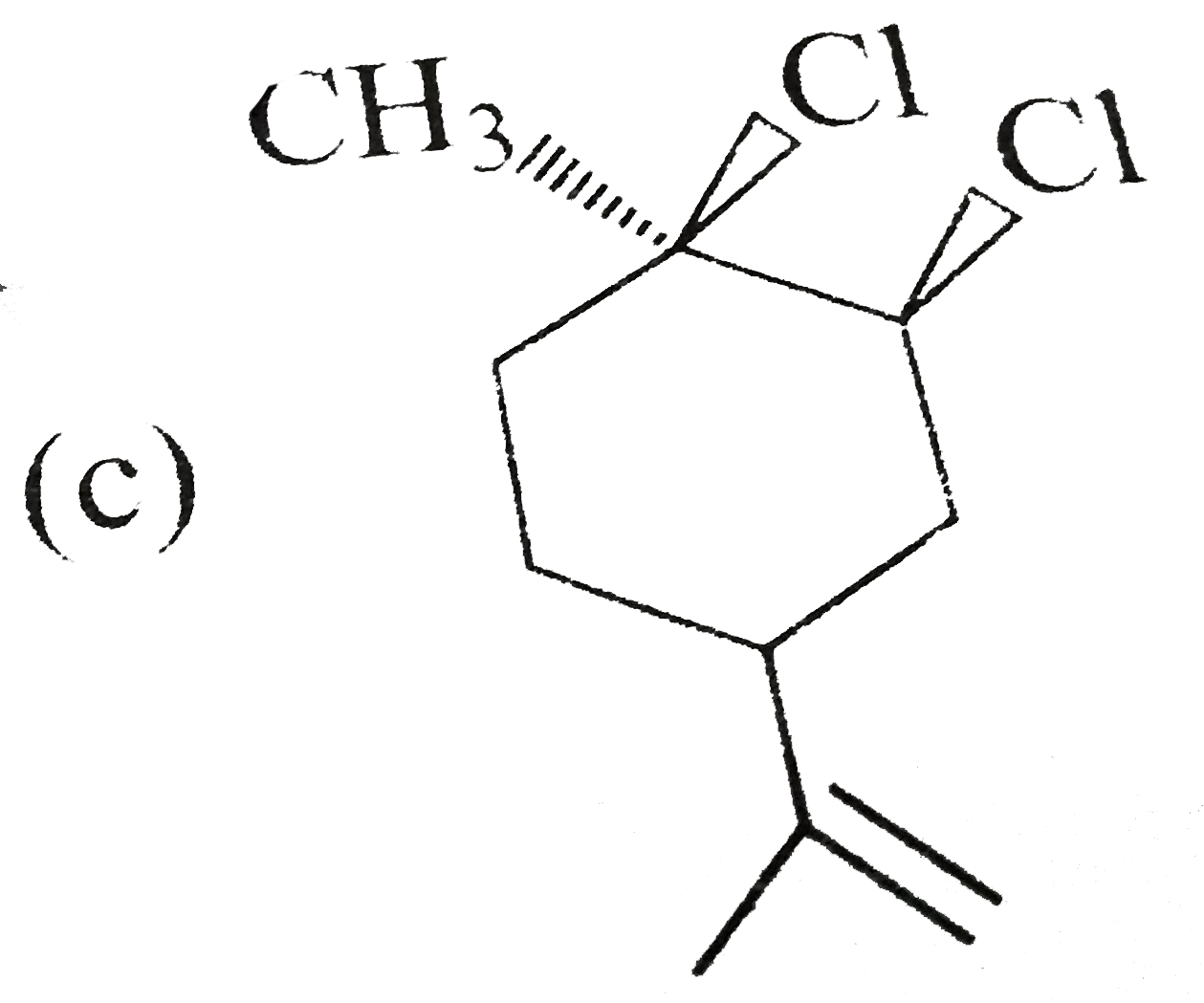
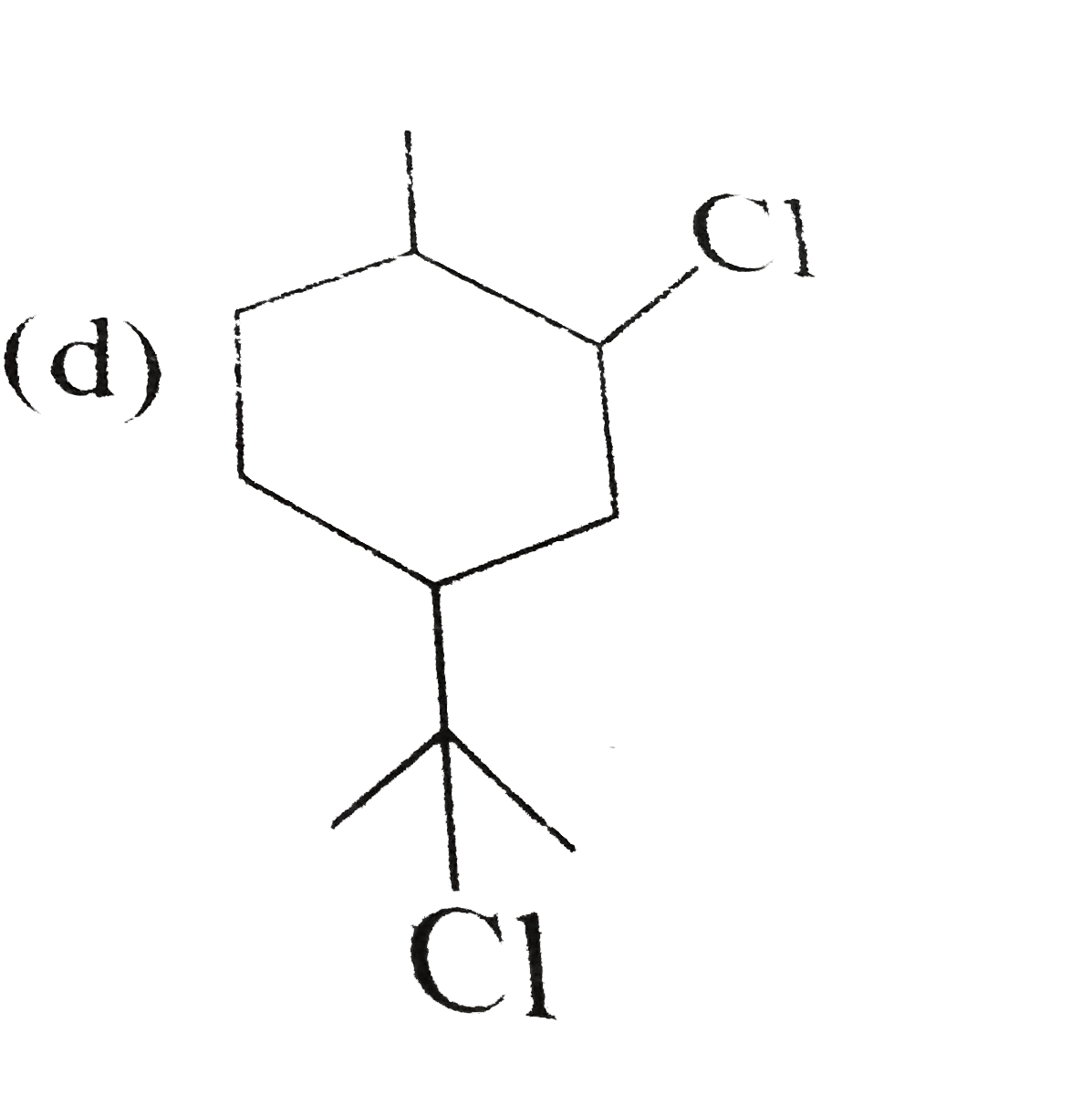
The correct Answer is:B
Electrophilic addition occur on more substituted alkine.
Topper's Solved these Questions
- HYDROCARBONS (ALKANE, ALKENE and ALKYNE)BOOK - HIMANSHU PANDEYCHAPTER - HYDROCARBONS (ALKANE, ALKENE and ALKYNE)EXERCISE - Linked Comprehension Type (Q.26 To Q.33)
8 Videos
- HYDROCARBONS (ALKANE, ALKENE and ALKYNE)BOOK - HIMANSHU PANDEYCHAPTER - HYDROCARBONS (ALKANE, ALKENE and ALKYNE)EXERCISE - Match The Column
12 Videos
- HYDROCARBONS (ALKANE, ALKENE and ALKYNE)BOOK - HIMANSHU PANDEYCHAPTER - HYDROCARBONS (ALKANE, ALKENE and ALKYNE)EXERCISE - More Than One Correct (Q.26 To Q.50)
25 Videos
Similar Questions
Electrophilic addition reactions proceed in two steps. The first step involves the addition of an electrophile. Name the type of intermediate formed in the first step of the following addition reaction.
H3C−HC=CH2+H+→?
View SolutionElectrophillic addition reaction proceed in two steps. The first step involves the addition of an electrophile. Name the type of intermediate formed in the first step of the following addition reaction.
H2C−HC=CH2+H+→ ?
View Solution
Knowledge Check
Which of the following reaction can proceed via formation of a 6 member cyclic transition state?
A B
B C
C D
D
Assertion:- SN2 reaction proceeds with inversion of configuration.
Reason:- The attack of nucleophile occurs from a side opposite to the halogen atom resulting in inversion of configuration.AIf both Assertion & Reason are True & the Reason is a correct explanation of the Assertion.BIf both Assertion & Reason are True but Reason is not a correct explanation of the Assertion.CIf Assertion is True but the Reason is False.DIf both Assertion & Reason are False.Electrophilic additions reactions proceed in two steps. The first step involves the additions of an electrophile. Name the type of intermediate formed in the first step of the following addition reaction H3C−HC=CH2+H+→?
A2∘ CarbanionB1∘ CarbocationC2∘ CarbocationD1∘ Carbanion
Aliphatic nucleophilic substitution is mainly of two type SN1 and SN2.SN2 reaction proceed with strong nucleophile in polar aprotic solvent. 3∘ halides do not give SN2 reaction. Inverted products are obtained in this reaction and mechanism of reaction occurs through the formation of transition state.
SN1 reaction proceed through the formation of carbocation in polar aprotic solvent. Solvent itself acts as nucleophile in this reaction. Racemization takes place in SN1 reaction.
Which one of the following will give SN2 reaction?
View SolutionAliphatic nucleophilic substitution is mainly of two type SN1 and SN2.SN2 reaction proceed with strong nucleophile in polar aprotic solvent. 3∘ halides do not give SN2 reaction. Inverted products are obtained in this reaction and mechanism of reaction occurs through the formation of transition state.
SN1 reaction proceed through the formation of carbocation in polar aprotic solvent. Solvent itself acts as nucleophile in this reaction. Racemization takes place in SN1 reaction.
Which of the following compounds will give SN1 reaction ?
View SolutionAliphatic nucleophilic substitution is mainly of two type SN1 and SN2.SN2 reaction proceed with strong nucleophile in polar aprotic solvent. 3∘ halides do not give SN2 reaction. Inverted products are obtained in this reaction and mechanism of reaction occurs through the formation of transition state.
SN1 reaction proceed through the formation of carbocation in polar aprotic solvent. Solvent itself acts as nucleophile in this reaction. Racemization takes place in SN1 reaction.
Which one of the following will give racemised product in C2H5OH?
View SolutionElectrophilic additions reactions proceed in two steps. The first step involves the additions of an electrophile. Name the type of intermediate formed in the first step of the following addition reaction H3C−HC=CH2+H+→?
View SolutionEster given nucleophilic addition reaction followed by elimination reaction with carbon nucleophile . When carbon nucleophile is of an ester then the reaction is know as Claisen condensation reaction. This reactions is also carrie out between ester and a ketone. A successful Claisen condensation requires an ester with two α - hydrogens and a an equivalent amount of base rather than a cataytic amount of base .
Consider the give reaction
CH3−COOC2H5C2H3ONa−−−−−→C2H5OHenolate ionester(X)−−−−−−−−−−−→Claisen condensation Product
For the above reaction the most reactive ester is :
View Solution
